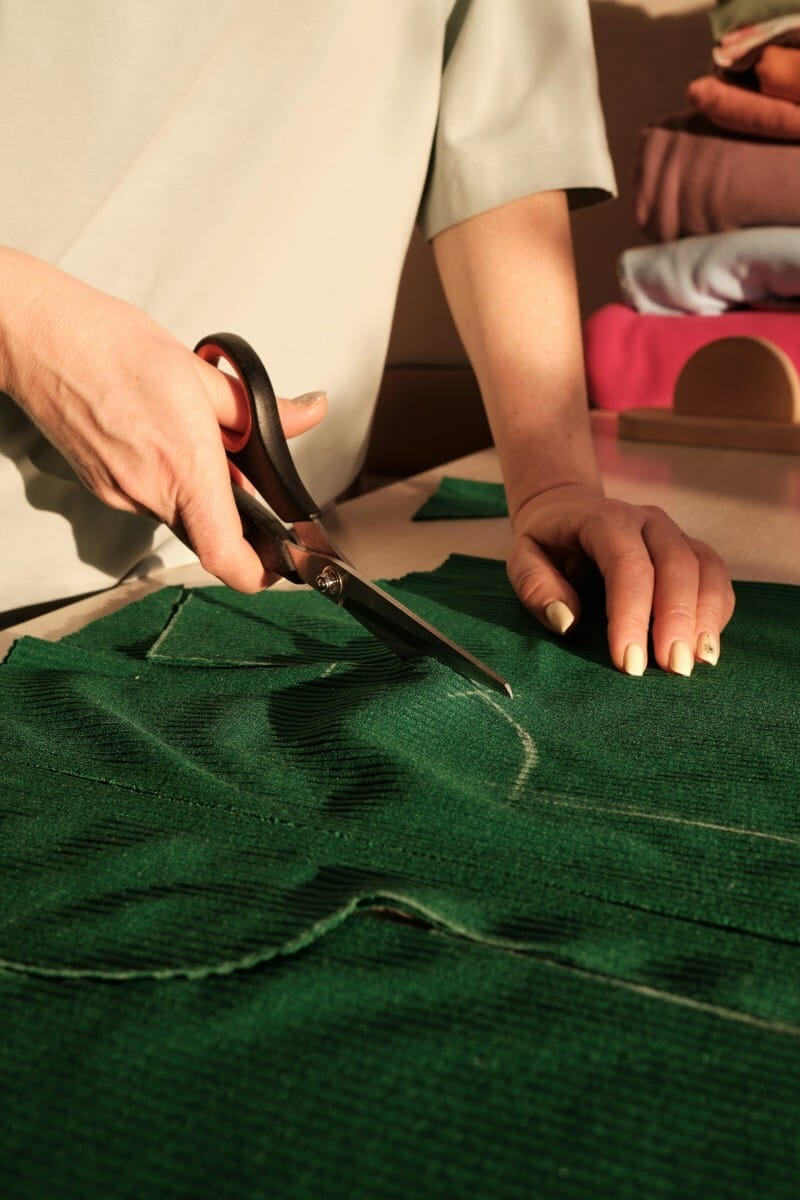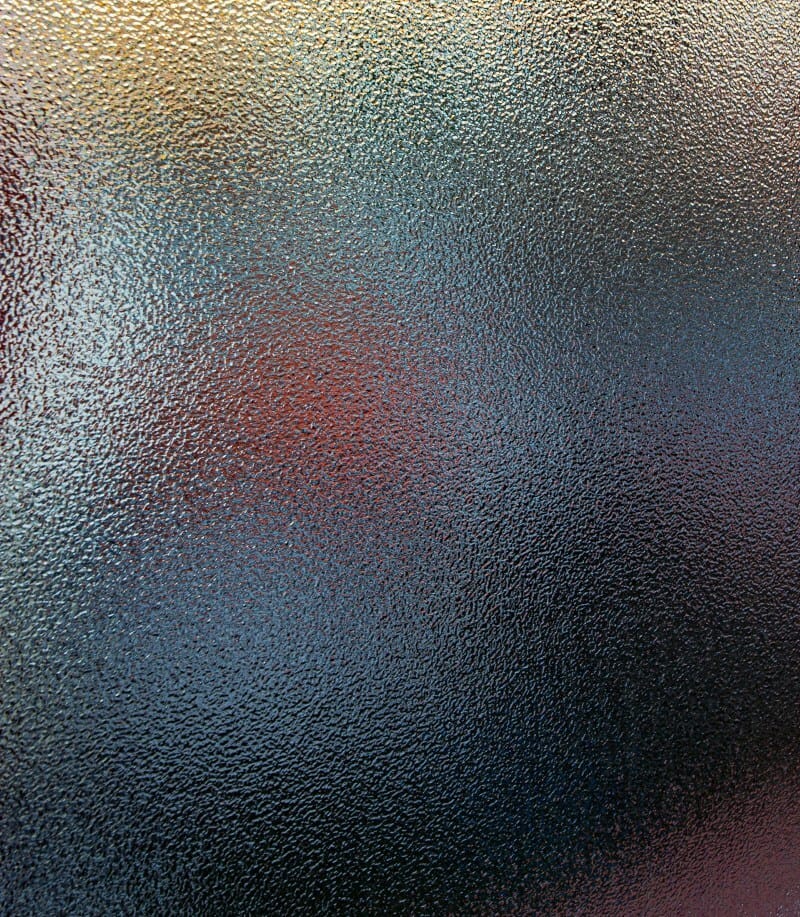Colour schemes and furniture placement receive endless attention in interior design discussions, yet texture is still curiously underappreciated despite wielding enormous influence over how spaces actually feel.
The tactile and visual qualities of materials, whether rough stone, smooth glass, or soft fabrics, trigger immediate emotional responses that determine whether rooms feel welcoming or sterile, cosy or austere. This principle applies equally whether you’re styling an established home or choosing finishes for new-build homes where blank canvases await personal interpretation.

The Psychology of Touch and Sight
Materials communicate before physical contact occurs. For instance, your eyes assess texture instantly, creating expectations about temperature, comfort, and formality. Surfaces with visible grain, weave, or irregularity absorb instead of reflect light, generating perceptions of warmth and organic authenticity. These rough finishes create intimate atmospheres ideal for relaxation spaces.
Conversely, polished surfaces with mirror-like qualities bounce light throughout rooms, expanding perceived dimensions whilst conveying precision and cleanliness. Bedrooms benefit from matte, soft textures promoting restfulness, whilst kitchens and bathrooms need smooth, reflective materials signalling hygiene. Understanding these psychological associations allows deliberate manipulation of spatial mood through material selection instead of leaving these effects to chance.

Layering Textures for Depth and Contrast
Single-texture rooms risk appearing flat regardless of colour sophistication. Combining contrasting materials, perhaps nubby wool throws draped over smooth leather sofas or rough-hewn wooden beams against painted plaster walls, creates visual dynamism that holds attention.
Successful layering needs intentional contrast rather than random accumulation. Modern properties with neutral architectural palettes particularly benefit from textural diversity, as varied materials provide interest without relying on bold colours or patterns. Consider pairing cold, hard elements like glass or metal with warm, soft counterpoints like velvet or woven textiles. This balance prevents spaces from feeling either clinically sparse or oppressively heavy.

Using Texture to Zone Open-Plan Living
Open-concept layouts present spatial definition challenges that texture solves elegantly without introducing physical barriers. Transitioning from glossy porcelain tiles in cooking zones to plush area rugs beneath seating groups creates intuitive boundaries your feet recognise immediately. Textural zoning has gained popularity as open plans dominate contemporary architecture. Wall treatments contribute too; perhaps grasscloth wallpaper in dining areas contrasts with smooth painted finishes in adjacent lounges, subtly signalling functional transitions. These tactile cues guide behaviour and movement patterns without requiring walls that would compromise light flow and spatial generosity.
Texture functions as interior design’s tactile language, communicating atmosphere and purpose through materials your body responds to instinctively. Mastering textural layering and contrast changes decoration from a visual exercise into a holistic sensory experience that genuinely enhances daily living comfort. When developing awareness of how different surfaces affect perception and emotion, you gain control over the environments you inhabit.
This knowledge is valuable when starting fresh in new properties, where every material choice shapes the character of previously undefined spaces, building personality through deliberate textural decisions instead of afterthought additions.
The post How Textures Shape the Feeling of a Space appeared first on Moss and Fog.
